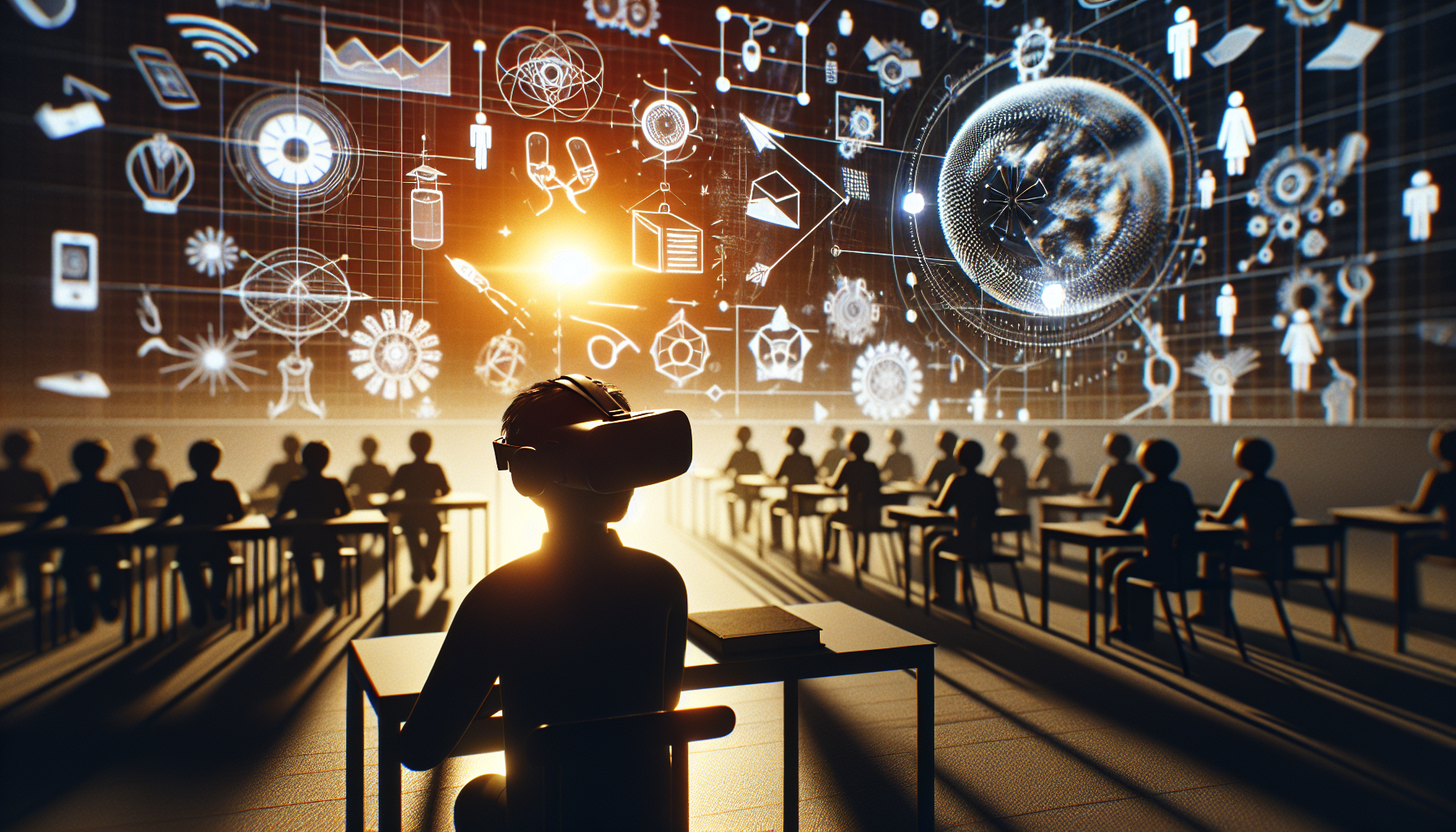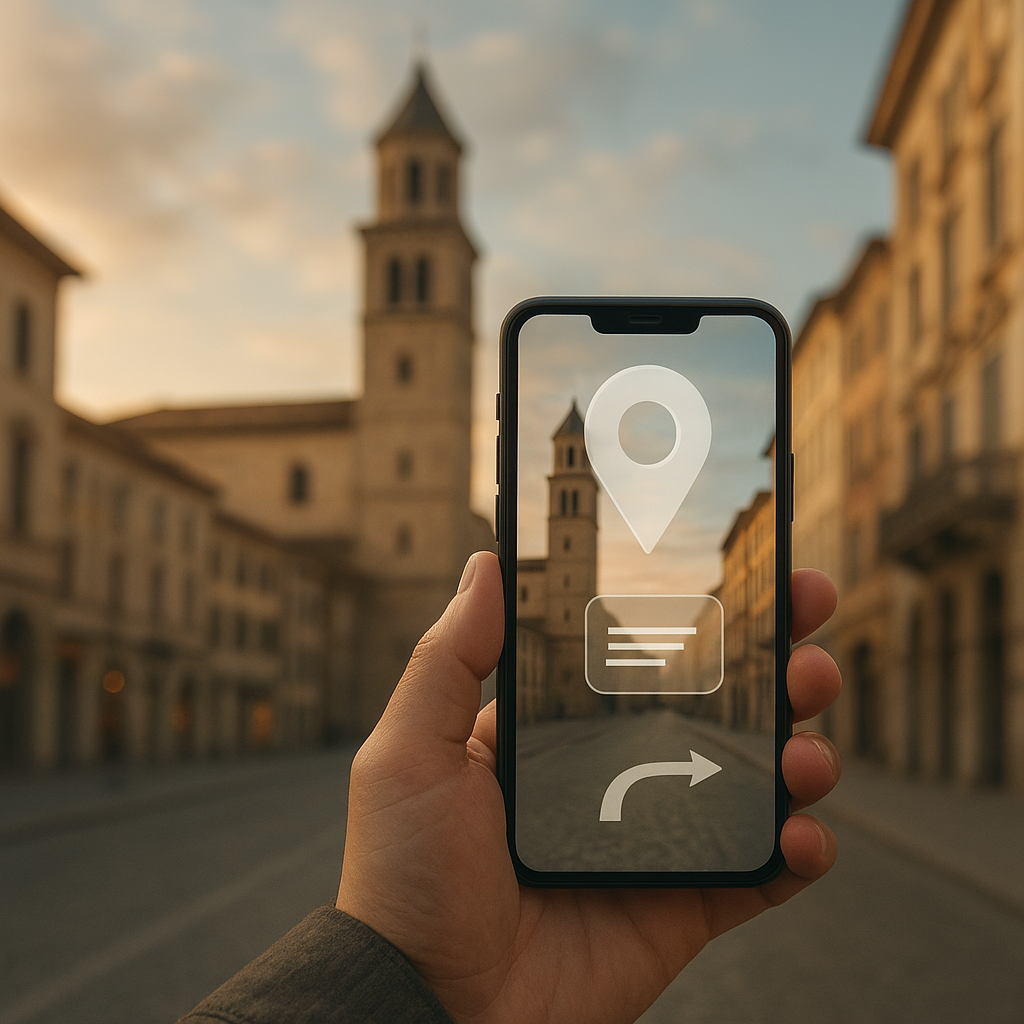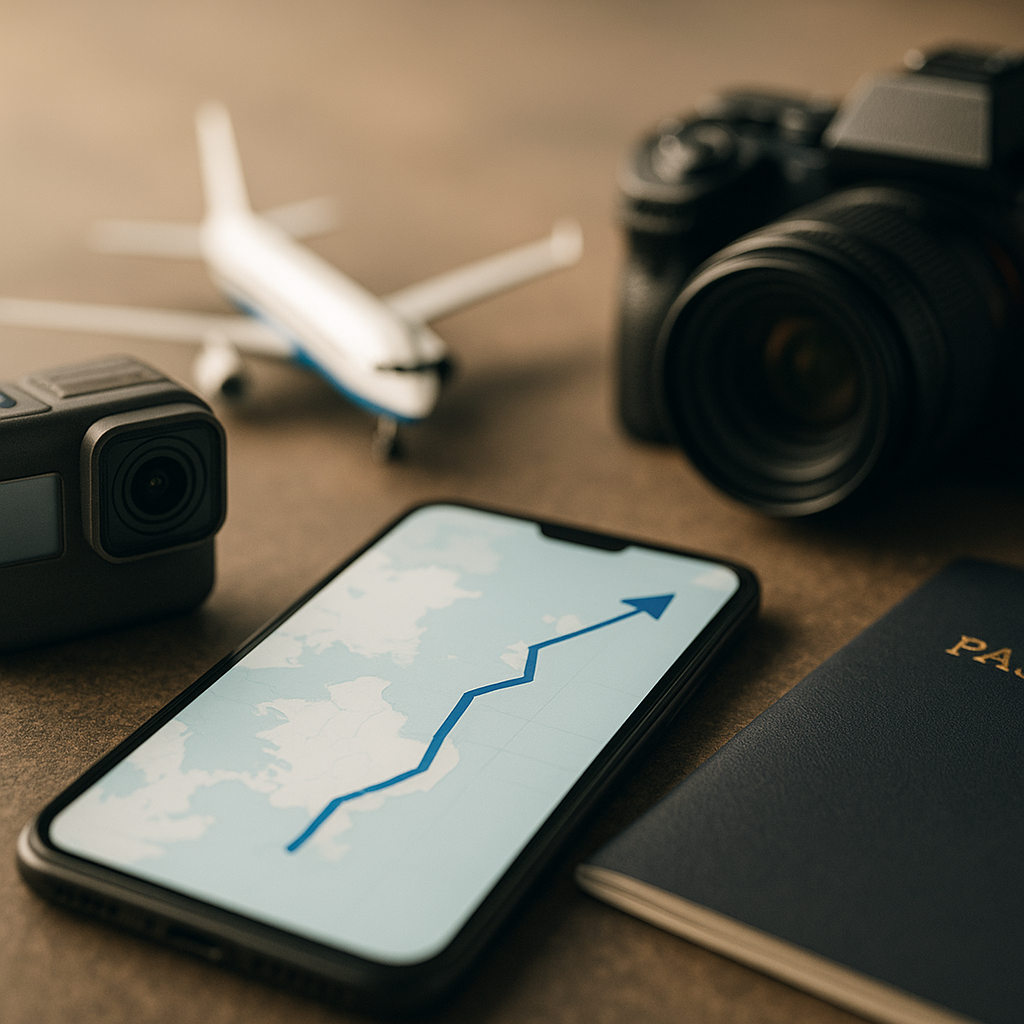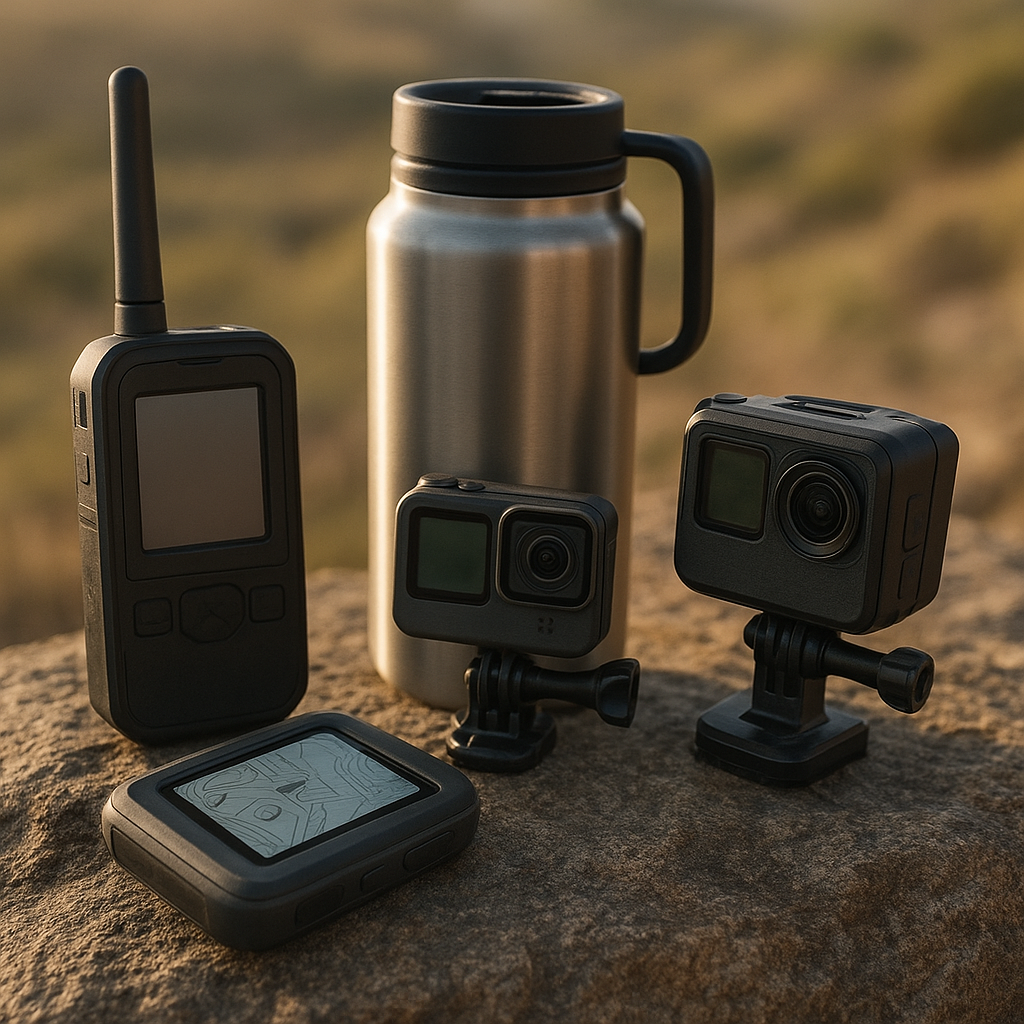The Rise of Virtual Reality in Education: A New Learning Frontier
As educational institutions increasingly adopt technology, virtual reality (VR) is transforming how we learn. This innovative tool is gaining traction in classrooms and training environments, offering immersive experiences that enhance understanding and retention of complex subjects. The educational landscape is changing, and VR is at the forefront.

Understanding Virtual Reality's Role in Education
Virtual reality creates compelling simulations that allow students to explore environments and concepts that would otherwise be inaccessible. This technology has moved beyond gaming to provide unique educational experiences across various fields, including science, history, and the arts.
Key Benefits of VR in Education
- Enhanced Engagement: VR captures students' attention more effectively than traditional methods, making learning more interactive and enjoyable.
- Experiential Learning: Students can participate in virtual labs, field trips, and historical reenactments that deepen understanding.
- Increased Retention: Immersive experiences help solidify knowledge, allowing students to recall information better during assessments.
- Accessible Learning: VR can bridge gaps for students with different learning abilities, providing tailored learning experiences.
Applications of VR in Various Educational Contexts
Virtual reality is being integrated into numerous educational contexts, each taking advantage of VR's unique capabilities:
Medical Education
In recent studies, medical schools are increasingly incorporating VR in their curricula. Simulated surgeries and patient interactions train students without the risks associated with real-life procedures. By allowing students to practice in a controlled setting, VR enhances their preparedness for real-world scenarios.
STEM Education
Science, technology, engineering, and mathematics (STEM) fields benefit significantly from VR applications. For instance, students can explore molecular structures in 3D or experience physics experiments in a virtual lab environment, promoting a deeper comprehension of complex concepts.
Historical and Cultural Education
Virtual field trips are transforming history and culture education, allowing students to virtually visit ancient civilizations, museums, or historical sites. This immersive experience makes learning about different cultures and history more captivating and memorable.
Challenges in Implementing VR in Education
While the advantages are clear, the integration of VR in education comes with challenges:
- Cost: High-quality VR equipment and software can be expensive, making it difficult for some institutions to adopt this technology.
- Technical Issues: Schools must ensure they have the necessary infrastructure and technical support for effective implementation.
- Training Educators: Teachers need proper training to utilize VR technology effectively in their teaching methods.
The Future of VR in Education
Looking ahead, the future of virtual reality in education appears promising. As technology advances and becomes more affordable, it is likely that VR will become a standard component in educational curricula worldwide. Research continues to support the effectiveness of VR in fostering an engaging learning environment, and initiatives are underway to develop more accessible content.
Collaboration Between Tech Companies and Educational Institutions
Partnerships between educational institutions and technology companies are essential for creating tailored VR content that meets curriculum standards. These collaborations can lead to the production of diverse educational simulations designed to enhance student learning experiences across various disciplines.
Increasing Accessibility
Developing VR applications that are compatible with a broader range of devices will also play a crucial role. As more schools adopt mobile technologies, creating VR experiences that can be accessed via smartphones and tablets will expand the reach of this innovative tool.
Conclusion
The rise of virtual reality in education represents a significant shift towards immersive learning experiences. As more institutions embrace this technology, students are likely to benefit from enhanced engagement, retention, and overall educational outcomes. The challenges that remain can be addressed through strategic partnerships, technological advancements, and continuous research, positioning VR as a vital tool in the future of education.
Related Video
Explore the Future of Educational VR Technology
Related videos:








